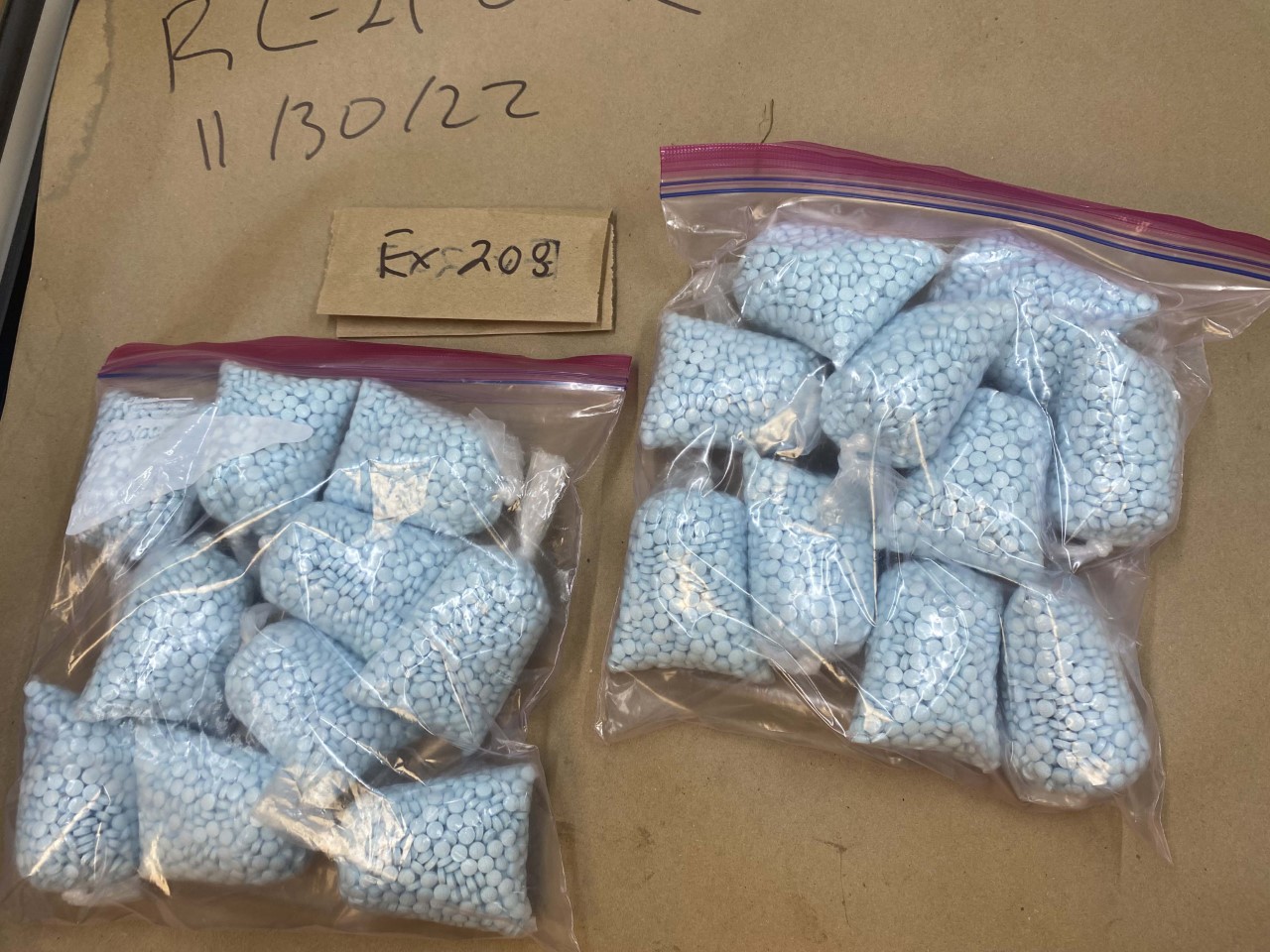Fentanyl deaths continue to climb in Whatcom County, according to a report this week from county Health and Community Services.
Dr. Greg Thompson, a co-health officer for the county, told the county council on June 6 that deaths by drug overdose in Whatcom County more than doubled last year, from 44 in 2021 to at least 90 in 2022. Toxicology results are still pending from some deaths in November and December.
Overdose deaths to date in 2023 were at 35 as of June 6, according to medical examiner figures, but that number is almost certainly lower than the true count — suggesting 2023 will be even deadlier than last year for overdoses.
“We want to be careful not to overreport possible overdose deaths, so these are waiting on toxicology still, but so far this year we’ve seen at least 35 and probably significantly more,” Thompson said.
Data from the state Department of Health and the county medical examiner indicates a majority of these drug deaths were due to fentanyl or other synthetic opioids.
The rise of fentanyl and the harm it brings has been swift. None of the 11 fatal drug overdoses in the county in 2018 were attributed to synthetic opioids.
In a June 8 email, Bellingham Fire Chief Bill Hewett said his department this year has responded to 2.2 overdose calls per day on average through May 31, similar to the number reported earlier this year. Fire department responses to overdose calls are up 61% compared to the same five-month period a year ago, Hewett said.
Fentanyl, valued in emergency and operating rooms as a potent pain reliever that both takes effect and wears off quickly, can be “incredibly dangerous if it is misused,” Thompson told the council.
As a synthetic chemical, the drug also is cheap and easy to manufacture. Thompson said this enables cartels to distribute fentanyl “kind of like the fast food model, where there’s a fast food restaurant on every corner. Now there’s potentially someone who can sell these drugs on every corner because it’s so cheap and so widespread.”
Fentanyl is taking an especially severe toll on children. In addition to some high-profile teen deaths among Whatcom County families, the national statistics paint a stark picture.
From 2019 to 2020, death by overdose leaped from sixth- or seventh-place to the third-leading cause of death among people aged 1 to 19 in the United States, according to a graph Thompson showed the council.
Data from the Centers for Disease Control and Prevention, summarized by Thompson, indicated that 84% of the drug deaths among 10- to 19-year-olds were due to fentanyl — and 65% of those youths had no known history of opioid use.
Given that so many young people dying from fentanyl are apparent first-time users, council member Ben Elenbaas asked whether the community’s response should focus more on education in the schools — something akin to the D.A.R.E. (Drug Abuse Resistance Education) program he grew up with.
“I think we need to be real with ourselves and how we’re going to deal with [fentanyl] because it’s more than just an addiction problem,” Elenbaas said. “This drug is dangerous, and one time could be all it takes.”
In response, Thompson said young people need both education and treatment. Teenagers also should carry Narcan, a nasal spray/injectable that can reverse opioid overdoses, the co-health director said.
Thompson said he knows of treatment “success stories” among both youths and adults. He singled out fentanyl treatment centers run by Lummi Nation and the Swinomish Indian Tribal Community. The Swinomish facility, which includes dental care and care for patients’ children, is “nationally recognized as a model for how opioid treatment can be done,” he said.




